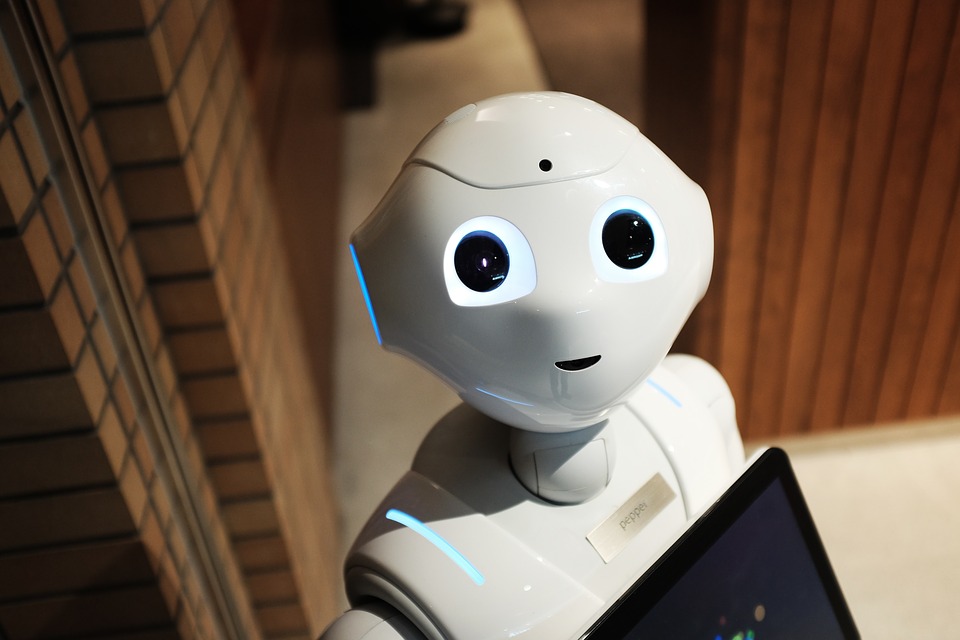The cyborg revolution has reached the kitchen. We look at the robotization of serving which is on the rise in the restaurant world.
They are equally attentive to all clients, they never get tired, and they are consistent. But they also crash into each other, serve plates from a tray and don’t put them on the table, and are cold when dealing with the client. These are the most obvious pros and cons of robotization in hospitality, which is being led by, as always in the world of technology, China and Japan.
These two countries were the first to open businesses which were practically completely operated by machines. Amongst the skyscrapers of Kabukicho, Tokyo’s red light district, rises Shinjuku, a building which is home to the Robot Restaurant, the first restaurant operated by humanoids. However, it’s is basically an elaborate robot show and a bento box meal, a lunchbox with thirteen Japanese specialities which is common in the capital. It is certainly nothing close to fine dining…yet.

Of the three restaurants to use robots that emerged in Guangzhou, only one remains. However, while they were working out the kinks in this new system, developed to be the future of hospitality, a bakery in Cantabria jumped on the bandwagon of making deliveries using drones, Amazon announced that machines will soon deliver packages to your house, and thousands of entrepreneurs in Spain embraced the possibilities offered by new technologies in the service sector.
These Asian countries have been joined by the United States in the form of the Eatsa chain, which has opened new locations in San Fancisco, Washington DC, and New York, although they only provide an automatized ordering service.
And that’s how, in only a few years, robots have found their niche, from suggesting the pizzas which best suit your mood at Pizza Hut, to preparing around 400 personalised hamburgers per hour (completing the whole process, from cutting the ingredients to grilling them and putting the hamburger together), and specialising in meat (like at fast food chain CaliBurger), or taking orders via simple tablets. Once the initial investment has been recouped, minimising errors and the speed at which orders are filled are very important advantages when it comes to running a business.
The consequences of this change of business model on employment have not been overlooked, taking into account that it will affect a very high percentage of the number of contracts that are signed each day. That’s why, in San Francisco, the possibility of creating a tax is being discussed, which would make up for the employment that these businesses could help to generate. In addition, Momentum Machines, a North American company dedicated to creating these robots, explained to Business Insider in 2012 that “letting robots fill in for humans in the kitchen may actually promote job growth because the automation would allow the company to hire new employees to continue developing their technology”.



